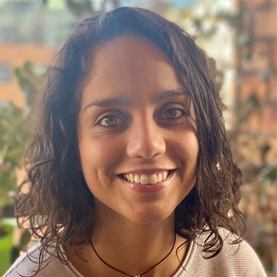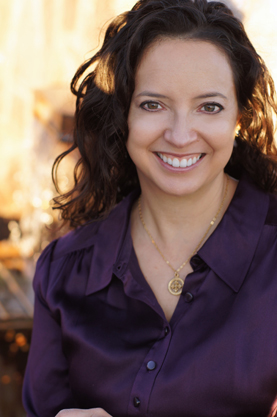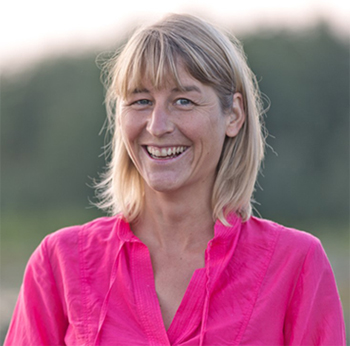 Last week we introduced the triune brain model, devised in the 1950s by Dr. Paul Maclean to help explain the evolution of the human brain. Maclean identified three evolutionarily distinct neurocomputers: the reptilian brain, the limbic system and the neocortex.
Last week we introduced the triune brain model, devised in the 1950s by Dr. Paul Maclean to help explain the evolution of the human brain. Maclean identified three evolutionarily distinct neurocomputers: the reptilian brain, the limbic system and the neocortex.
With the awakening of the neocortex thousands of years ago, our forebears acquired a new brain structure that nature wired for joy, creativity, and innovation. To access that potential, our ancestors required specific nutrients to provide fuel to run their neurocomputer. Once they added brain-enriching foods to their diet, the faculties of certain individuals, the visionaries of their day, came online and began to create great works of art, devise written language, establish civilizations, and lay the foundations for our modern human experience.
Unique to mammals, the neocortex processes signals in a holistic fashion, interpreting environmental sights and sounds into coherent messages. Higher awareness offers humans the ability to think on a sophisticated and grand scale—to see Earth from space and comprehend that, as goes the health of the planet, so goes our own health and wellbeing.
When the newer awareness prevails, we discover a God of love and compassion, express religious freedom, and practice generosity. When the older awareness dominates, we tend to worship an angry god who scourges his enemies with plagues and who sends his chosen people on so-called holy wars to ensure his dominance. With the older brain, greed and intolerance prevail.
Lower awareness views everything, even nature’s beauty and bounty, as a commodity, valued only to generate profit. Water, one of the essential elements of life, is seen not as a home of aquatic organisms and a natural means of transportation but as a liquid to be bottled and sold. Air, another essential element, is seen not as a vital substance indispensable for breath but as vacant space in which to emit industrial waste products. Soil is seen not as a necessity for growing food but as property to be owned, fenced, and contaminated with agricultural chemicals, and industrial and domestic waste. Mountains are seen not for their majesty but as places to be stripped of minerals and ores. Forests are seen not as animal habitats and places for spiritual retreat but as potential planks and boards. Even space beyond the sky above is seen not just as an opportunity for galactic exploration but as a place to dump planetary trash and spy on our global neighbors.
Even human beings are viewed as a commodity when our thinking is fettered to the ways of fear. Children in developing nations, for example, are seen as labor pawns in sweatshops or, in developed countries, as future rank-and-file employees. Senior citizens, at least in Western societies, are not revered for their wisdom but warehoused in “old people’s homes” until death finally gets them out of the way. People of ages in between are often trained in warfare or programmed to “get even,” if not “get ahead,” even at the expense of other fellow humans. But perhaps the worst dismissal of human value occurs in the spinmeister term “collateral damage,” which would have us heartlessly gloss over the killing of innocent civilians who happen to be caught in a war zone.
The neocortex is associated with higher executive functions and can think in terms of time, and not just space. This brain can plan and recognize future actions and consequences, choose between good and bad, right and wrong, and suppress socially incorrect behaviors and responses. The neocortex can restrain the Four F’s of the limbic brain and is involved in meditative and transcendental experiences.
It is within the higher cortical areas that selfless love, reasoning, and logic take place. This brain allows us to create new ideas and entertain notions such as democracy, as well as to understand mathematics, write poetry, compose music and art, dream of freedom, and envision the future.
While arguments wage over the future of our planet—whether climate change is real or not and whether the world is perched on the edge of ecological disaster—many individuals are beginning to realize that human society is standing on the brink of yet another momentous leap in consciousness.
To understand this extraordinary leap and to better manifest the opportunity at hand, in a future blog we will look more closely at the development of the fourth brain—the prefrontal cortex.
.







